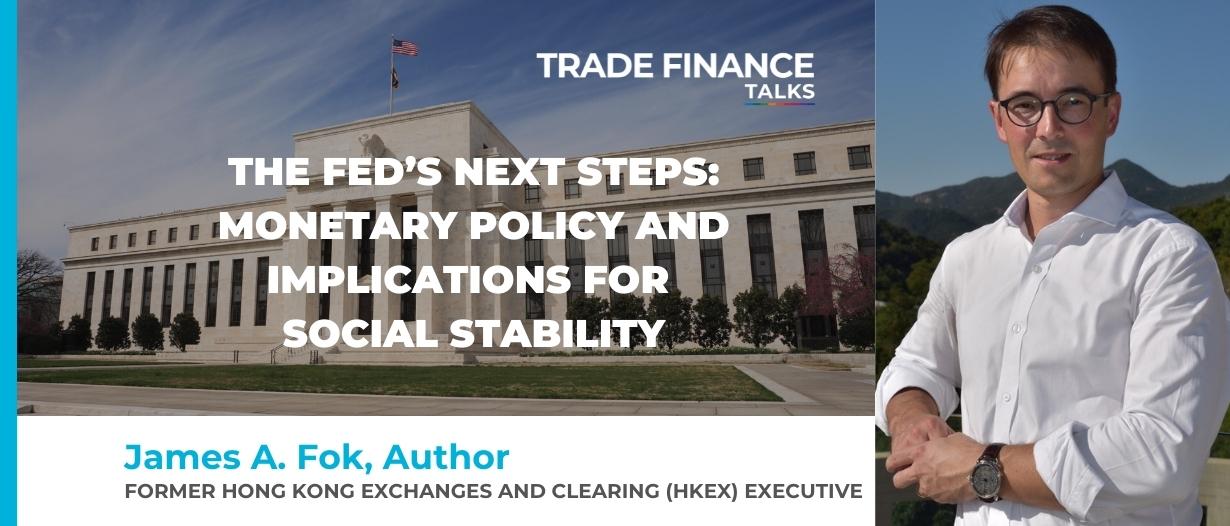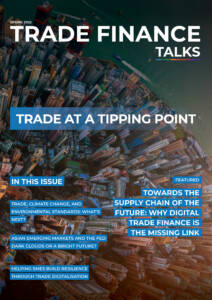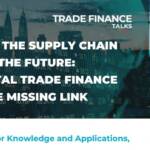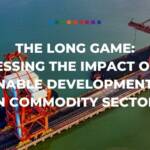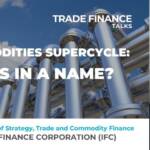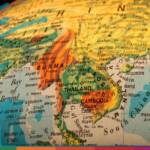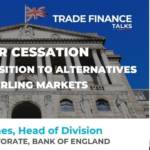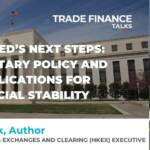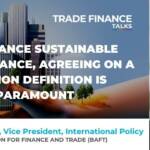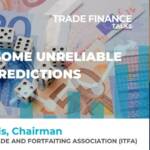On 2 January this year, a protest broke out in the small Kazakh city of Zhanaozen over a sharp rise in gas prices.
Over the following week, unrest spread to major cities across Kazakhstan, posing the greatest threat to the country’s post-Soviet regime since independence.
Although for the time being subsided, recent events in this strategically located Central Asian nation could have far-reaching geopolitical consequences.
They also highlight what is at stake as the Federal Reserve contemplates its next monetary policy moves.
Rates and unrest
Inflationary risks to social stability are not confined to distant emerging markets: rising wealth and income inequality has stirred tensions in many countries.
If there is any illusion that “this could never happen in America”, then a 40-year high of 7.5% inflation combined with slowing growth might put that to the test.
The U.S. rate of inflation climbed again in January to 7.5% and stayed at a 40-year high, CPI shows. Upward pressure on consumer prices is unlikely to relent soon. Puts more pressure on the Federal Reserve to act. https://t.co/IqWUmg76ui pic.twitter.com/wQbuDxKncb
— MarketWatch Economy (@MKTWeconomics) February 10, 2022
Fed officials may prefer to be thought of as technocrats, but in reality, their role is fundamentally also a political one – albeit a far too important one to be left to elected politicians.
Monetary policy is a major driver of how income and wealth are distributed. The institution in 1987 of the “Greenspan put”, whereby the Fed began to loosen monetary policy whenever the market fell sharply, tilted the scales in favour of the holders of financial assets.
While extraordinarily loose monetary conditions in response to the 2008 Global Financial Crisis were justified, given the risks to the real economy, they fuelled a surge in asset prices that exacerbated rising inequality.
Free market ideological leanings and partisan politics inhibited the use of fiscal levers to address this problem.
It was not until the COVID-19 pandemic – and after further extraordinary Fed measures – that more targeted government spending programmes were unleashed.
However, these were not funded through fiscal redistribution, but by massive increases in borrowing. Meanwhile, monetary stimulus on top of supply chain disruptions have led to spiking inflation.
Unprecedented public indebtedness has left American policymakers facing a quagmire. Deleveraging will inevitably involve decisions as to who will bear the burden.
The path forward they choose will have significant ramifications for both domestic social stability and international order.
The latest data on the #FederalReserve's balance sheet (#Fed link below).
— Mohamed A. El-Erian (@elerianm) February 12, 2022
It has expanded to $8.9 trillion as the world's most powerful central bank continues to inject #liquidity into an #inflation-prone system, growing by 7.5% in the last 6 months alone.https://t.co/n9Md02ML1t pic.twitter.com/IBkkt5JrHo
Taxation, tightening, and the US dollar liquidity trap
Domestically, a balance must be struck between debt reduction and enhancing long-term inclusive growth.
Raising interest rates to combat inflation will hit asset prices and tighten liquidity – with knock-on implications for investment and jobs – while higher debt service costs will also increase strains on government budgets.
To avoid a vicious cycle of deleveraging and to elevate long-term productivity growth, incentives for private investment in research and development should be coupled with targeted public spending on education and infrastructure.
To offset increased public spending, more sharply progressive taxation needs to be levied.
The allocation of public spending and how taxation is calibrated will pose political challenges, however, and failure to overcome these could lead to further monetary debasement and a host of risks associated with runaway inflation.
Moreover, none of this can be considered in isolation of the international dimension. A major obstacle to raising taxes on large corporations and the wealthy is that capital is far more mobile than labour.
A hike in US taxation could lead to capital flight that would harm economic growth. To minimise this risk, international fiscal competition must be addressed.
*FED FUND FUTURES SHOW 100% CHANCE OF 50BP MARCH RATE HIKE pic.twitter.com/NO2uqJ3zaC
— Investing.com (@Investingcom) February 10, 2022
Last year’s US-initiated G7 agreement on a global minimum corporate tax is a start, but much more is needed to give it teeth.
Redressing America’s wealth and income gaps is likely to increase consumption, since high earners tend to spend proportionately less of their income than lower wage-earners.
This would exacerbate already-high balance-of-payments deficits. It will also put into sharp focus the dollar’s exchange rate.
Chimerica’s fork in the road
With China starting to loosen monetary policy in response to a slowing economy and its property sector woes, higher US interest rates may well push the dollar up against the renminbi. This could further heighten existing Sino-US tensions.
Headline #inflation in #China fell to 0.9% in January. This compares to #CPI levels of 7.5% and 5.1% in the US and Eurozone. China has ample room to loosen its monetary policy. This divergence brings #diversification benefits and is positive for risky assets, including #equities. pic.twitter.com/hJI6tfYAvJ
— jeroen blokland (@jsblokland) February 16, 2022
At the heart of this problem is the dollar’s central role in the global monetary system.
Demand for dollars in international trade and investment has meant that the US currency has been unable to adjust to higher productivity growth in other countries, exacerbating the falling competitiveness of US exports and contributing to the rise in American indebtedness.
As the taper tantrum in 2013 demonstrated, a determined move to tighten dollar liquidity could precipitate a cascade of emerging market crises, with consequent implications for social stability around the world.
The dollar-centric global monetary system bequeathed by the 1944 Bretton Woods agreement was always unsustainable.
The longer it is maintained, the bigger global financial imbalances are likely to grow, and the greater the risk of social instability and international conflicts will become.
It is therefore high time that this system, which increasingly serves no country well, is reformed.















